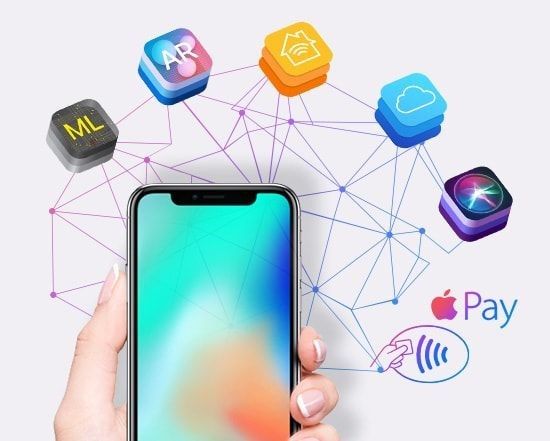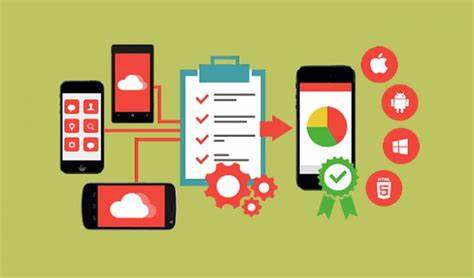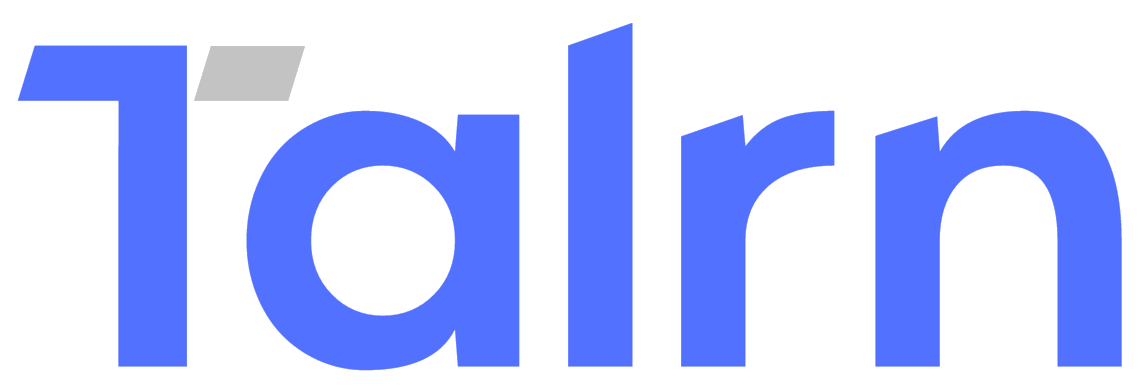Every great app starts with a simple idea: Facts for Better iOS Development

Let all your ideas bloom. Then build the best app for your idea!
Two major players currently control the majority of the smartphone operating system market: Apple's iOS and Google's Android. Although Android is open-source, only Apple hardware supports iOS. This further highlights the huge discrepancy between the creation of iOS software and the creation of other forms of software.
The process of developing applications for the iOS ecosystem that includes iPhones and older iPads is referred to as iOS application development. In plainer terms, the process of conceptualizing, creating, and deploying an iOS app to the App Store is iOS development. It is an entangled procedure that needs to be systematically assembled in all respects. Swift or Objective-C, two rarely used programming languages outside of the Apple ecosystem, are used to develop the software, which is then published to the App Store for clients to download.
The fact that mobile applications are developed to function on devices with less power and so require a network connection to access remote computing resources is one of the factors that set them apart from most other software.
Despite potentially high entrance barriers, creating an iOS app can be just as simple as creating one for Android. One may become an iOS app developer with the correct preparation and tools.
#Meet the developer requirements
In order to create an iOS app, one must have the following before writing a single line of code:
• A Mac computer with the most recent macOS release.
• The integrated development environment (IDE) for macOS is called Xcode, and it can be downloaded for free from the Mac App Store.
• An operating Apple Developer account.
Together, with these three conditions, an app can only be published to the Apple App Store by active members of the Apple Developer Program. The App Store only accepts applications signed and published by Xcode. Only macOS and Apple PCs are compatible with Xcode.
Xcode provides a lot more features than simply the ability to sign and publish one’s finished software. The IDE comes with almost everything one needs to create iOS apps, including a user interface designer, code editor, testing engine, asset store, and more.
The development of an iOS product generally encompasses the following stages:
Naturally, coming up with a concept is the first stage in developing an app. Competitive market research, which examines the level of demand for one’s idea and the potential competitors, is closely related to this. Once the developer is confident that he/she has a unique idea for an app that users will want to use, one still needs to make sure that it complies with Apple's terms of service, which outline the standards for an app with regard to user privacy and security, design, copyright, decency, and other factors. One won't be able to share one’s software if it violates Apple's rules.
Design

While a lot of the functionality of one’s app will flow directly from the concept, all the specifics are decided during the design phase. A wireframe, which simulates user navigation through the app and its features while taking into account all potential user interactions, is often the first step in this process. The UI and UX design phases follow directly from there. They define the particulars of page layout, structure, and appearance, user interaction points and how those interactions proceed, and even the finer aspects of typography, icons, and visual design. The software's architecture, which is hidden from the user but essential for determining the internal organization of the software's systems, is also laid out during the design process.
Building the App

Your app should look good, but your code should speak for itself.
This is where the code is used. The creation of the app requires the fusion of three different elements into one functional whole. The first of these is the back end, which is essentially everything that takes place server-side. Here, the bulk of the app's labor-intensive tasks is completed, including account authentication and management, alerts, and connection with external services like social networking. A user's mobile device can grasp what is happening on the server side thanks to the application programming interface, or API, which comes in second. The front end, which consists of everything the user directly interacts with, is the last component. There are iOS developers who specialize in only front-end or back-end development, in addition to those that do all three.
Testing and Submitting

Once the software is put together, testing makes sure it actually functions. This choice is more complicated than "functional" or "non-functional," and it plays a significant role in the UI/UX design process. Giving the app to real users to test it in this penultimate stage is an opportunity to polish details, make things clearer, better structured, or more beautiful, as well as to solve errors. When the app is functioning at its peak, it is uploaded to the App Store and, provided it is accepted, is then finally made accessible to the general public.
After that, all that is left to do is market the app, collect user feedback, and keep making modifications, enhancements, and problem fixes in response to that feedback. An app may be released by a developer, but it's never truly finished.
ENCAPSULATING
Software development has a segment called iOS development that concentrates on developing iOS applications. The bulk of businesses is investing in iOS app development to increase their consumer base and reach. The design and prototyping phases are crucial to the development of iOS since they are directly tied to the user experience. The design must not only stand out among the sea of similar apps on the App Store, but it must also be more useful than those of its rivals. In order to ensure that the stakeholders are aware of what to anticipate from the finished product, the interface must be developed with user attractiveness and user ease as its top priorities. In order to better grasp the function of a junior iOS developer, project lead, or other position, one must also have a thorough understanding of how the various stages of development operate. Any career in iOS development has the potential to be extremely profitable and gratifying.
Augment your iOS app development with Talrn.
Hire immediately available developers on talrn.com. Talrn helps companies hire & onboard resources instantly, at zero effective cost. Contact hello@talrn.com for more information



